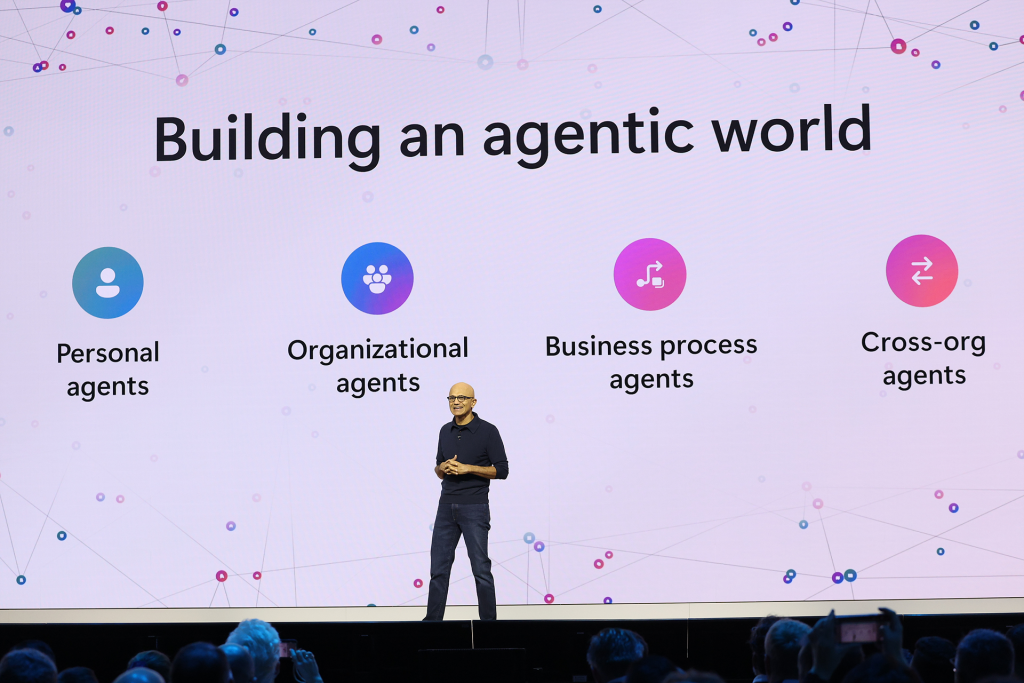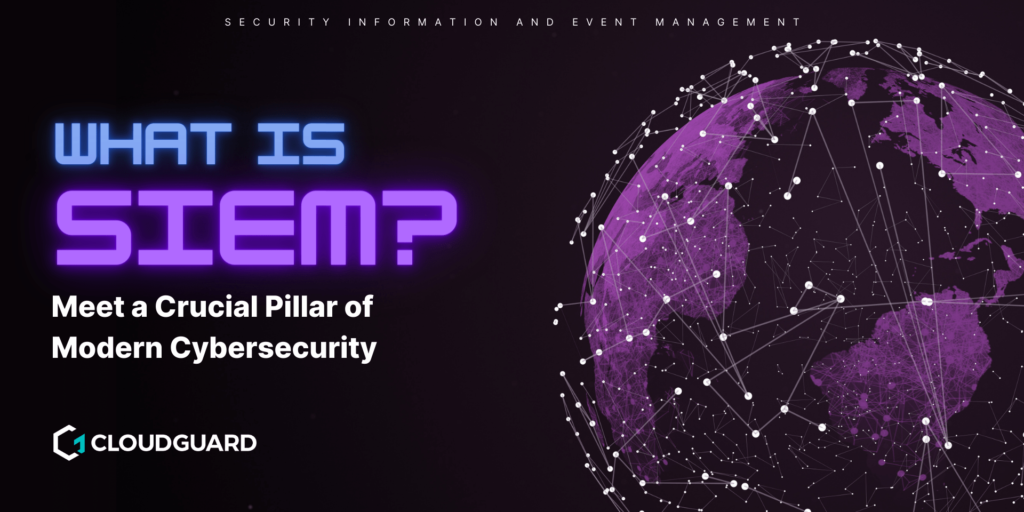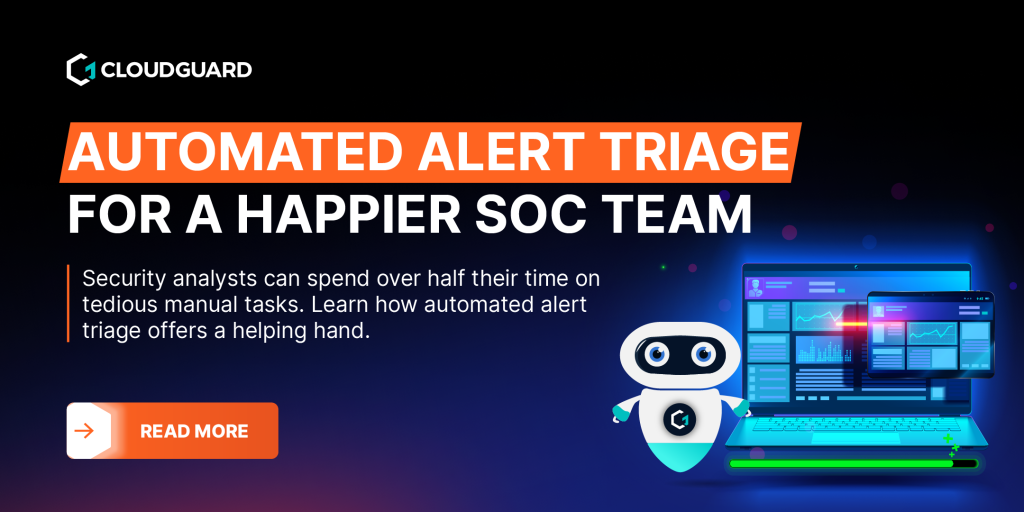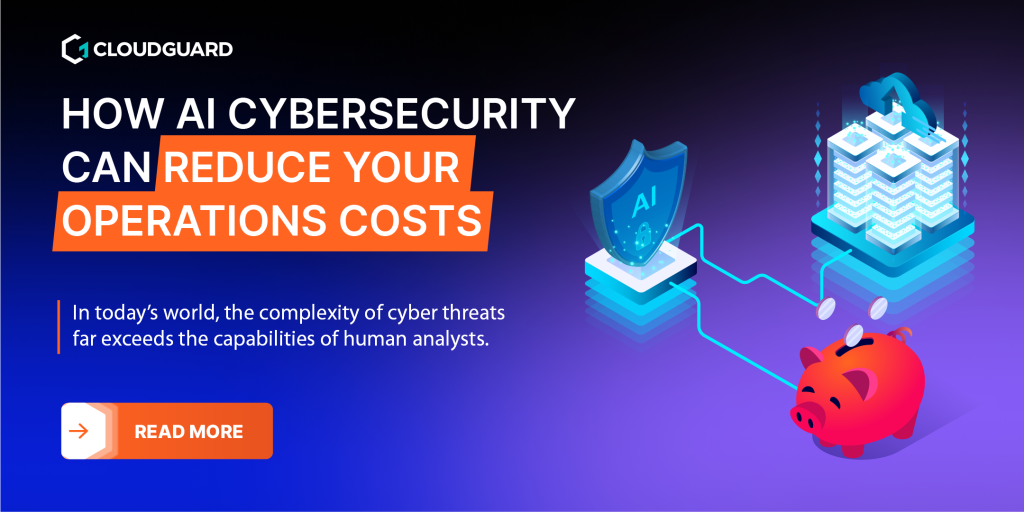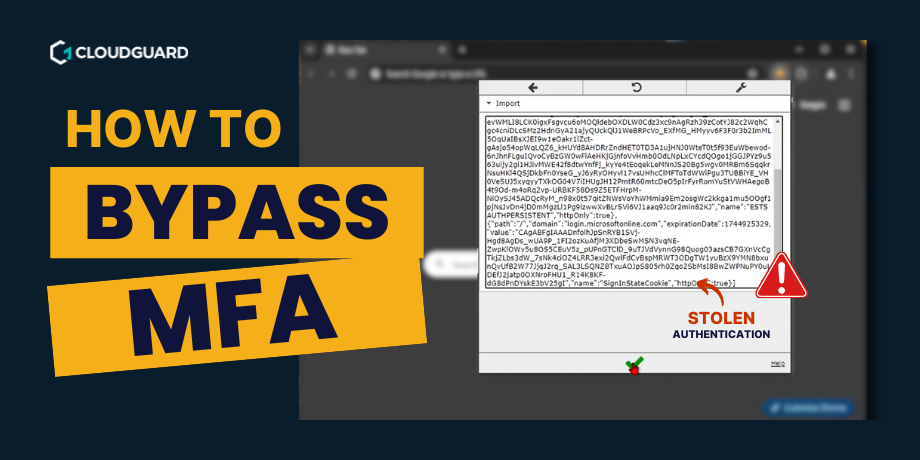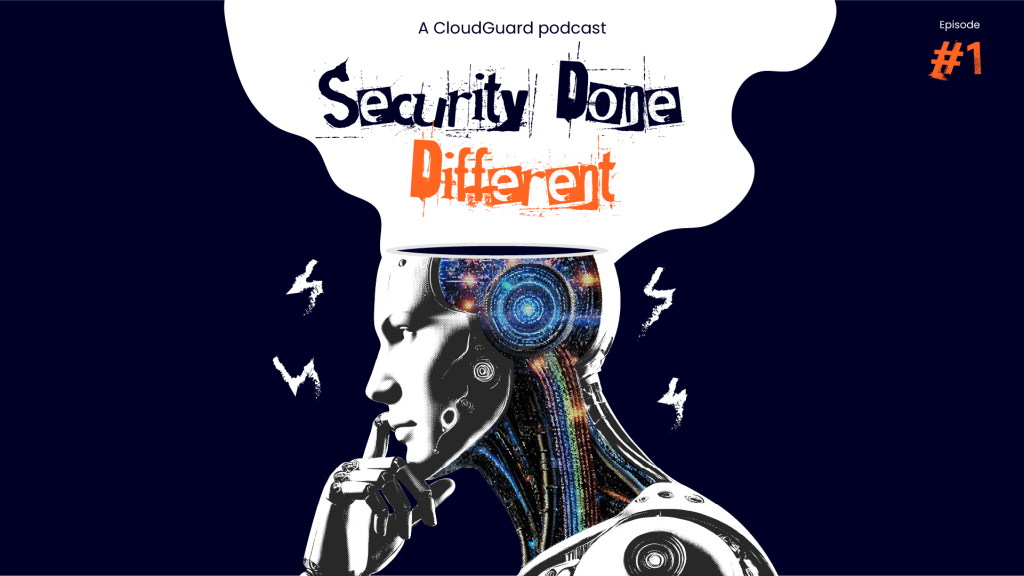Protecting your organisation from cyber threats is more important than ever. You’re likely aware of the significance of cybersecurity and might already be leveraging penetration testing as part of your defence strategy. While penetration testing is valuable, it comes with certain limitations that need to be addressed to ensure comprehensive protection against ever-evolving threats.
Here, we will explore the five main problems with relying solely on penetration testing and offer practical solutions to bolster your cybersecurity approach.
1. Limited scope: Going beyond targeted assessments
Penetration testing is an essential part of identifying vulnerabilities in specific systems or applications. However, it may not provide a complete picture of your organisation’s overall security posture. For instance, it might focus on critical systems or applications but overlook less obvious entry points that attackers could exploit.
Solution: Conduct comprehensive security assessments
To address the limited scope of penetration testing, consider implementing regular comprehensive security assessments that cover your entire IT environment. A vulnerability assessment can help identify potential weaknesses in both internal and external systems. Conducting configuration audits ensures that systems are correctly configured to minimise vulnerabilities. Additionally, performing network scans helps uncover potential security issues that might not be captured through penetration testing alone.
2. Snapshot approach: The need for continuous security monitoring
Penetration testing provides valuable insights into the security status at a specific point in time. However, the cybersecurity landscape is dynamic, with new vulnerabilities and attack techniques emerging frequently. Therefore, relying solely on penetration tests might leave your organisation exposed to evolving threats.
Solution: Implement continuous security monitoring
Continuous security monitoring is essential to complement penetration testing. Utilise Security Information and Event Management (SIEM) tools, Intrusion Detection Systems (IDS), and Intrusion Prevention Systems (IPS) to monitor your network and systems in real-time. These tools detect and respond to potential threats as they happen, reducing the time between detecting an incident and taking remedial action. With continuous monitoring, you can maintain a proactive stance against cyber threats and minimise the impact of potential breaches. For a more comprehensive solution, consider services such as Managed Extended Detection and Response.
3. False sense of security: Creating a cybersecurity culture
Penetration tests, if conducted infrequently or viewed as a one-time checkbox exercise, can lead to a false sense of security within your business. Employees might assume that passing a penetration test means all is secure and neglect the importance of ongoing security measures.
Solution: Conduct regular security awareness training
To overcome this issue, emphasise the significance of a strong cybersecurity culture within your organisation. Conduct regular security awareness training for all employees, including IT staff and non-technical personnel. Train them on identifying common cyber threats such as phishing attacks, social engineering, and malware distribution. Encourage open communication about potential security incidents and the importance of reporting any suspicious activities. By creating a cybersecurity-conscious workforce, you create a human firewall that can prevent many cyberattacks.
4. High cost and resource-intensive: Targeted risk management
Penetration testing can be expensive, especially if conducted frequently or across a complex IT infrastructure. Budget constraints might limit the ability to conduct tests as frequently as desired, especially for smaller businesses.
Solution: Prioritise vulnerabilities and risk management
Conduct a risk assessment to identify critical assets, systems, and applications. Prioritise your testing efforts based on the level of potential impact in the event of a successful cyberattack. Focus on high-value systems that house sensitive data or critical operations. By concentrating resources on the most vulnerable areas, you optimise your cybersecurity efforts and effectively address the most critical risks.
5. Ethical limitations: Simulating realistic cyberattack scenarios
While penetration testers adhere to ethical guidelines and might not exploit vulnerabilities to their full extent, real-world cybercriminals have no such restrictions. They may exploit identified vulnerabilities more aggressively, leading to different outcomes in actual cyberattacks.
Solution: Supplement penetration testing with simulated attack scenarios
To bridge the gap between penetration testing and real-world threats, incorporate simulated cyberattack scenarios into your cybersecurity strategy. These can include tabletop exercises, red teaming, or purple teaming activities.
Tabletop exercises involve hypothetical discussions of cyberattack scenarios to test your organisation’s response capabilities. Red teaming involves hiring external security experts to simulate real-world attacks and assess your organisation’s defences. Purple teaming combines red and blue (defensive) teams to work together to identify and resolve security gaps.
By conducting these simulations, you gain valuable insights into your incident response capabilities and identify areas for improvement.
Are you still going to rely solely on penetration testing?
As an IT leader, understanding the limitations of penetration testing and addressing them with practical solutions is vital to enhancing your organisation’s cybersecurity strategy. By conducting comprehensive security assessments, implementing continuous security monitoring, creating a culture of cybersecurity awareness, prioritising risk management efforts, and simulating realistic attack scenarios, you can create a more robust and proactive cybersecurity defence.
Remember, cybersecurity is an ongoing journey, and staying ahead of evolving threats requires a multifaceted approach and a commitment to continuous improvement.


